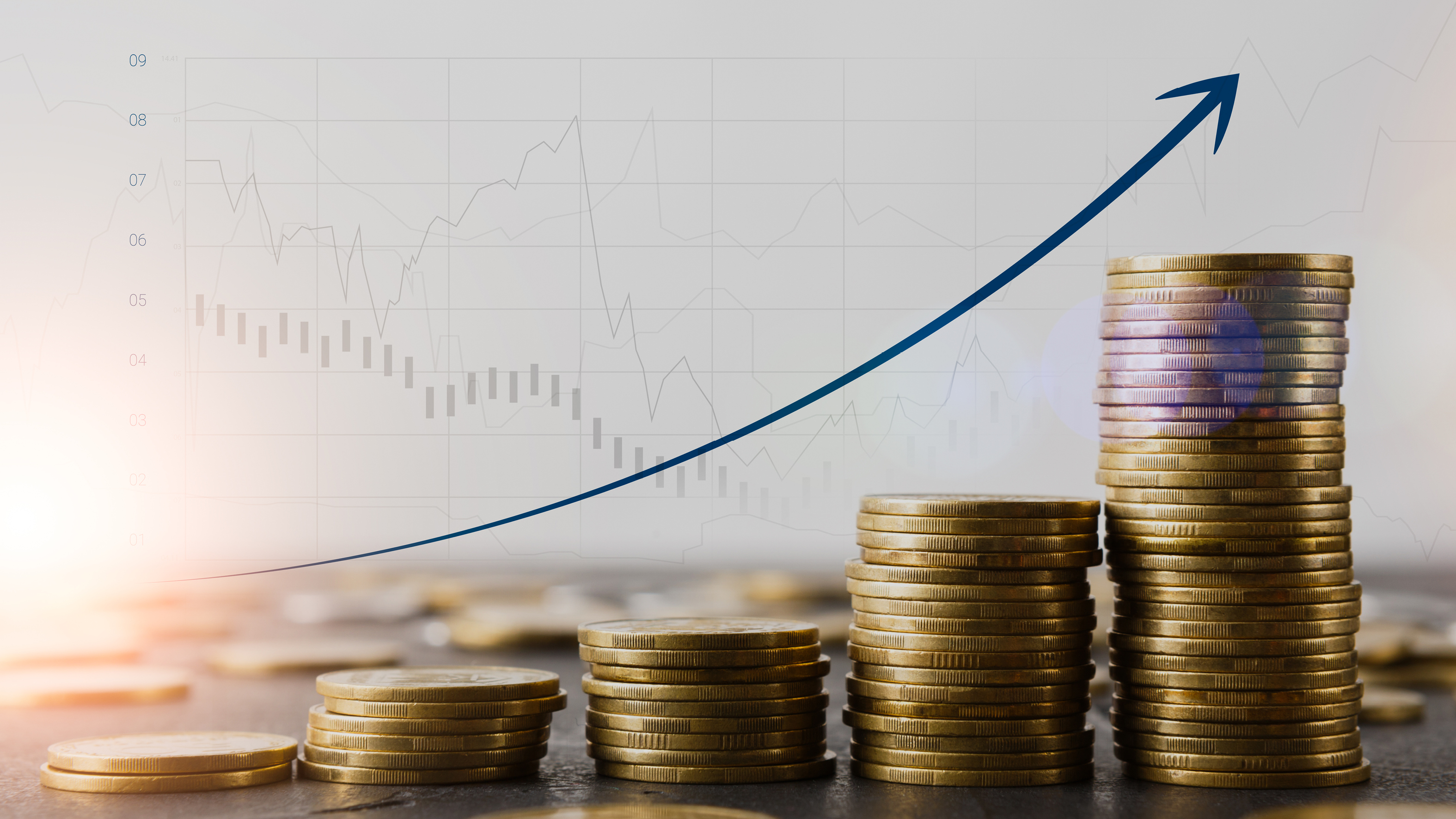It's Sale-Leaseback's Time to Shine
Does a "great tool in really uncertain times" sound too good to be true? The increasing numbers of real estate owners making the move don't lie
The current capital environment has tested the adaptability of many companies, as increasing interest rates have made the cost of capital rise uncomfortably. And while it’s unknown if recent events will calm the Federal Reserve’s zeal for future hikes, some companies are already availing themselves of an alternative capital source: the sale-leaseback.
In fact, the transaction type matched its 2019 peak in Q4 of 2021, and there are signs it may not be slowing. Zachary Pasanen, managing director, investments at W. P. Carey, sees two big factors playing into the current interest in sale-leaseback: cheaper cost of capital and extra liquidity during tough times.

A Corporate Alternative to Expensive Capital
A major concern for corporate real estate holders is reducing the cost of capital for the next several years. As Pasanen notes, while they are “not quite desperate yet, the lag between interest rates and cap rates hadn’t caught up six months ago, but it’s starting to now. Prudent CFOs are looking to maximize capital and a long-term sale-leaseback is a great way to do that.”
A sale-leaseback offers a “naturally accretive” alternative funding source. Holders of good, fungible, mission-critical real estate that are willing to sign a long-term lease with market or better rental increases built in will likely find that the underlying rate with which they can monetize those assets is inside the going long-term borrowing rate, according to Pasanen.
The 50-year-old REIT’s predominant focus has been on warehousing, specialty manufacturing and food production, but it also delves into the education and retail sectors, the latter ranging from experiential sites to fitness-related products to auto repair locations.
“By and large, we’ll look at anything as long as there’s criticality to it, meaning the stuff is made at our subject facilities or there’s a really strong location story to it or rent coverage or just a good real estate fundamental story,” Pasanen says.
A Liquidity Solution for Tough Times
Another consideration facing corporate real estate owners is having the capital on hand to weather the current economic instability. Rates again become a major problem, especially for companies or properties that might be lower on the credit spectrum.
“For companies facing challenges that don’t have the ability to finance at attractive rates it’s a very simple calculus: if your borrowing costs go up that’s going to eat into your profit margins and there are only so many levers you can play with when operating a business,” Pasanen said. “They have to be laser-focused on how to get through this period of instability and unknowns.”
Sale-leasebacks appeal here as well, allowing companies to put money back into their core competencies or pay down shorter-term debt that’s gotten more expensive, or perhaps even expand given that acquisition targets may have become cheaper.
But Pasanen also notes that W. P. Carey’s sale-leaseback business is not just a capital product for troubled times, whether or not it’s on top of mind for companies and owners. “A sale-leaseback is a good tool in good times and a great tool in really uncertain times,” says Pasanen.

You May Also Like:

- Recently Added
- Thought Leadership
Investor Confidence Returns
This year’s EXPO Real in Munich brought together real estate professionals from over 70 countries, eager to assess the market’s trajectory as we head into 2026. After a turbulent stretch marked by...
- Recently Added
- WPC in the News
Sale-leasebacks Gain Momentum as Global M&A Values Grow
Private equity sponsors are rethinking how they access capital as the M&A market heats up. Global M&A values have climbed to $1.89 trillion in the first half of 2025, meanwhile fluctuating...